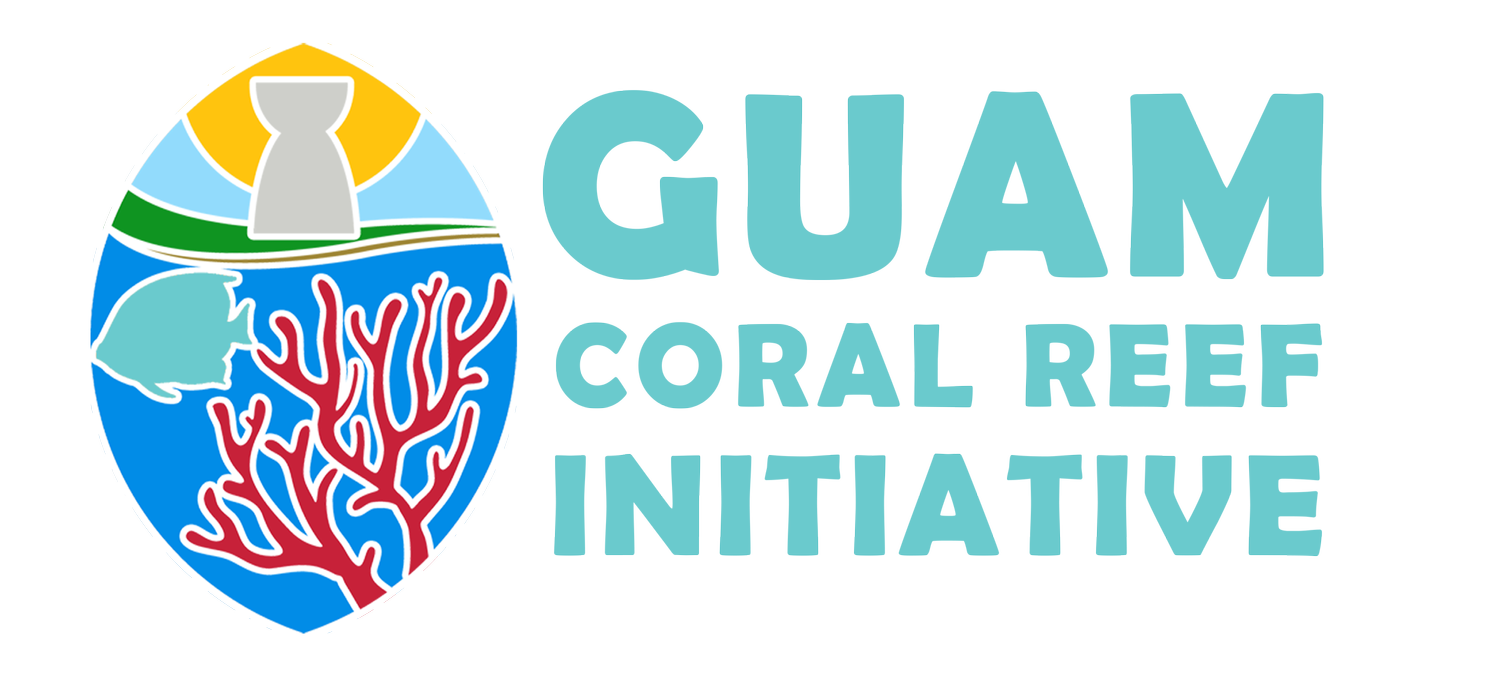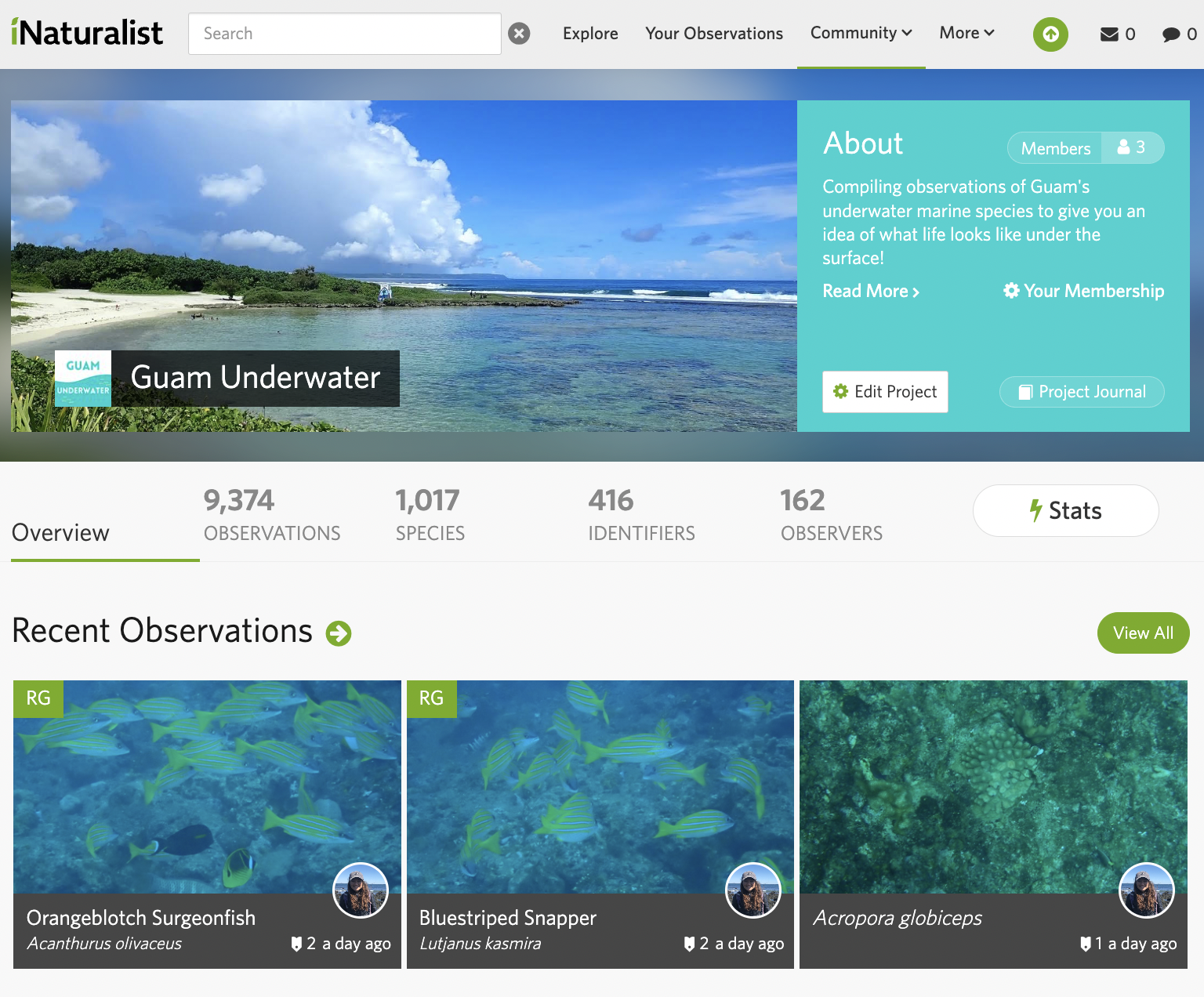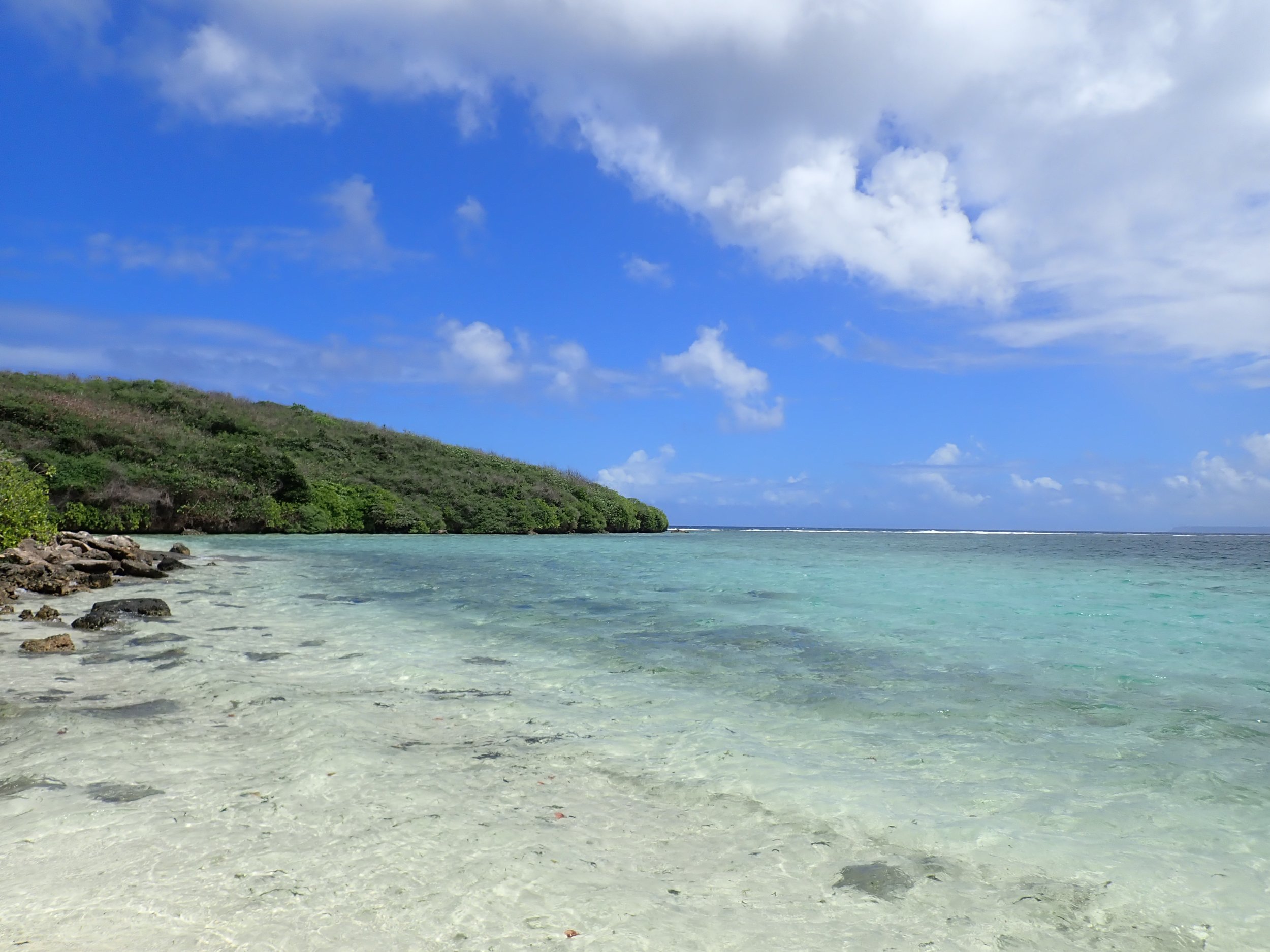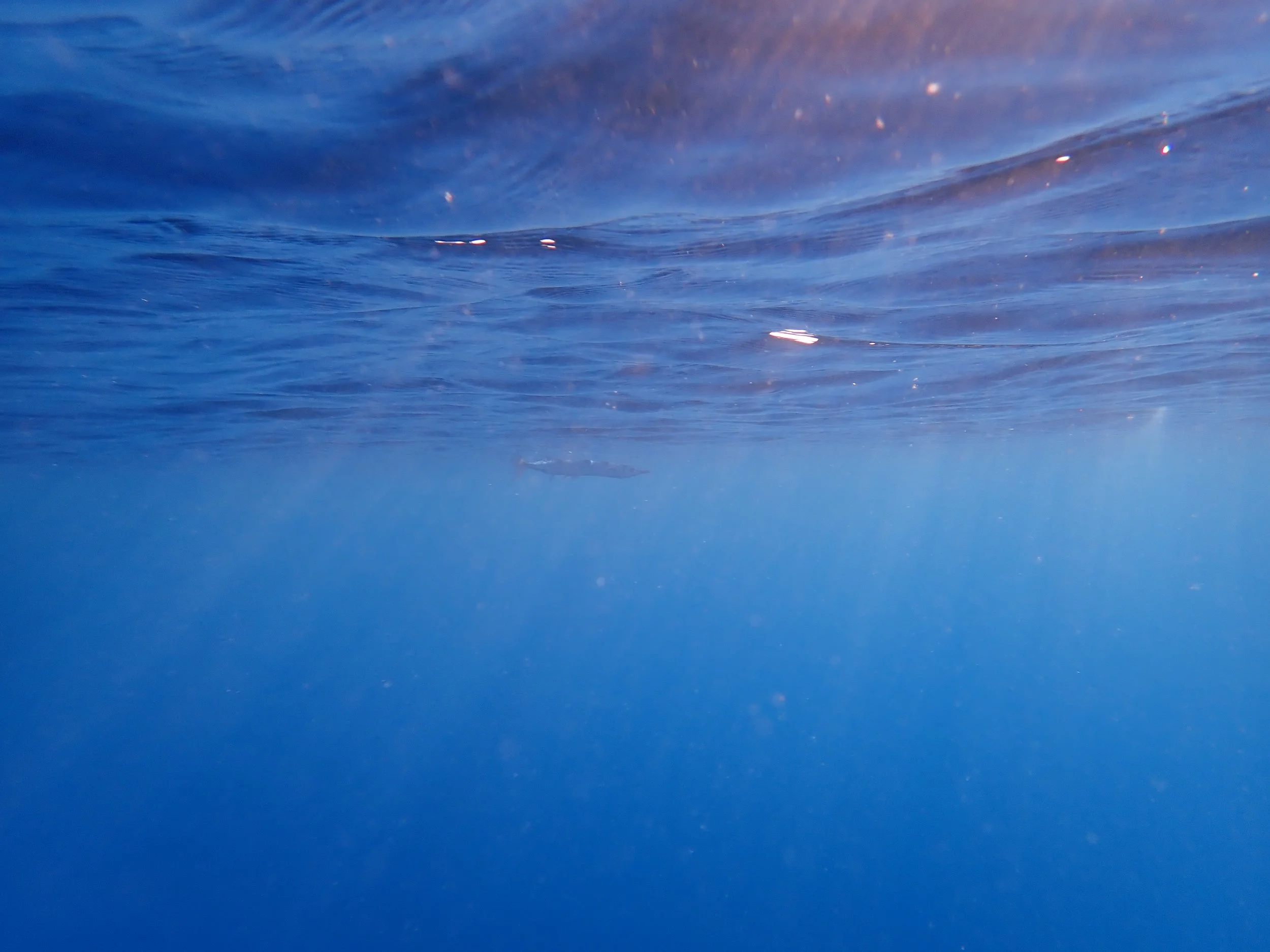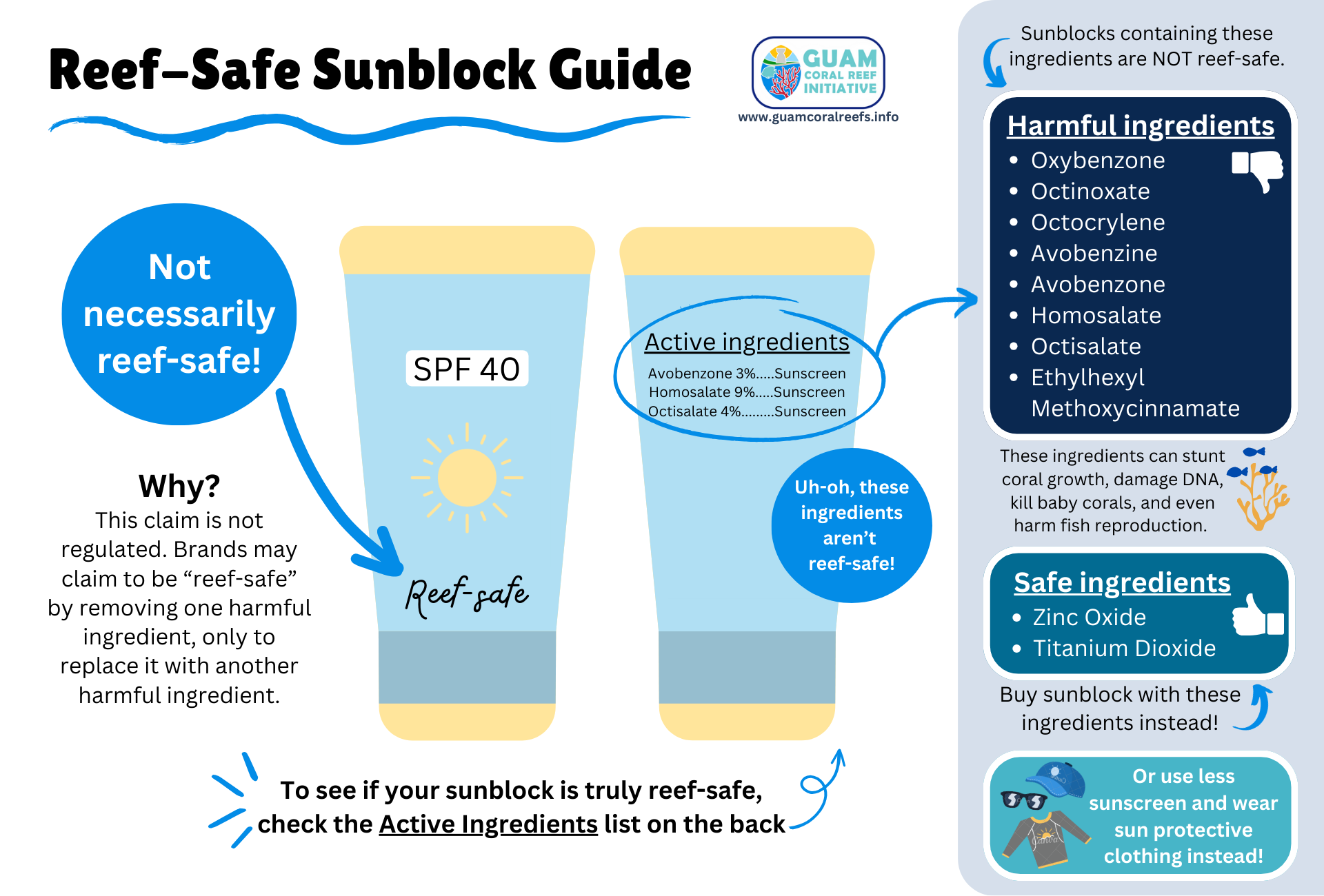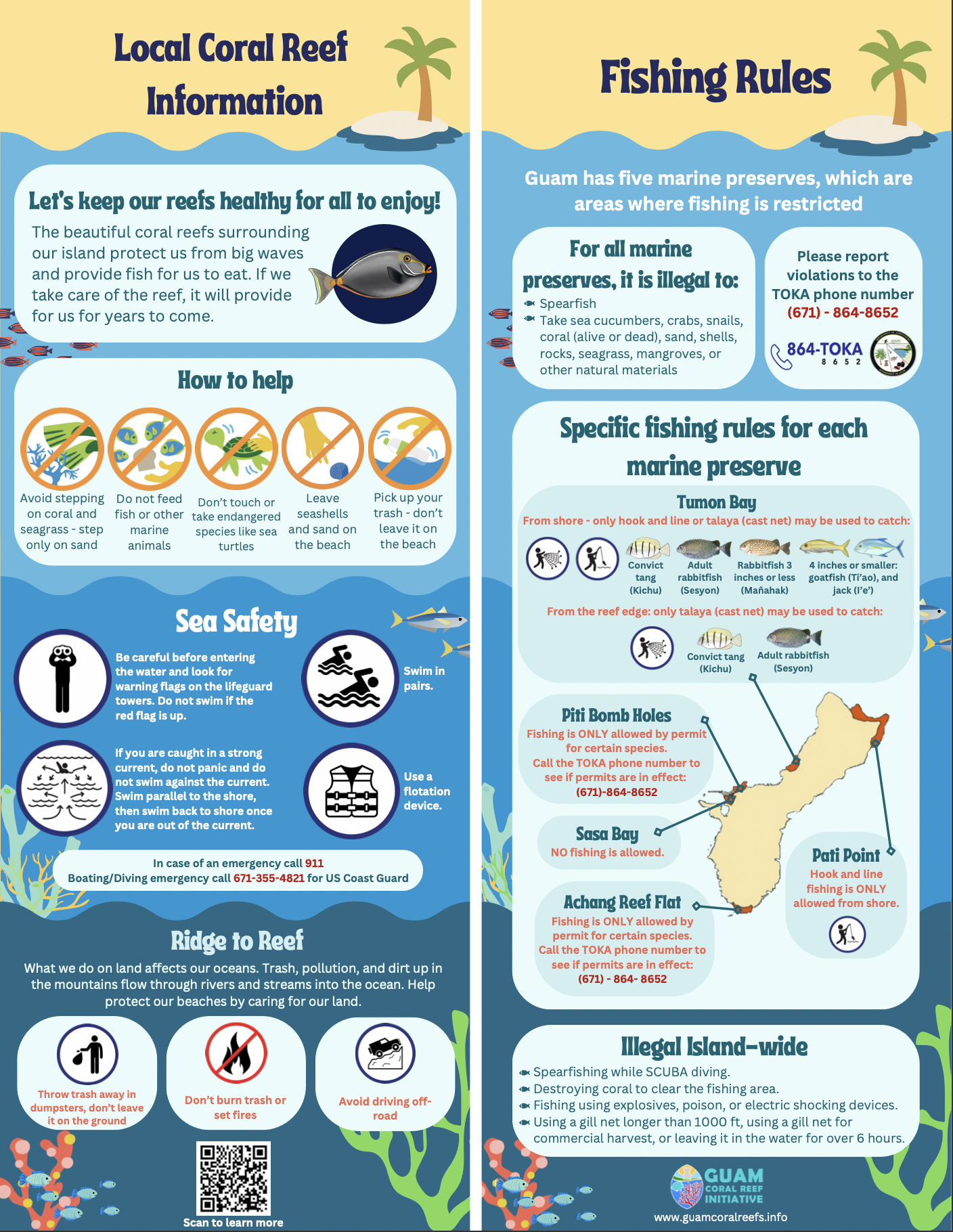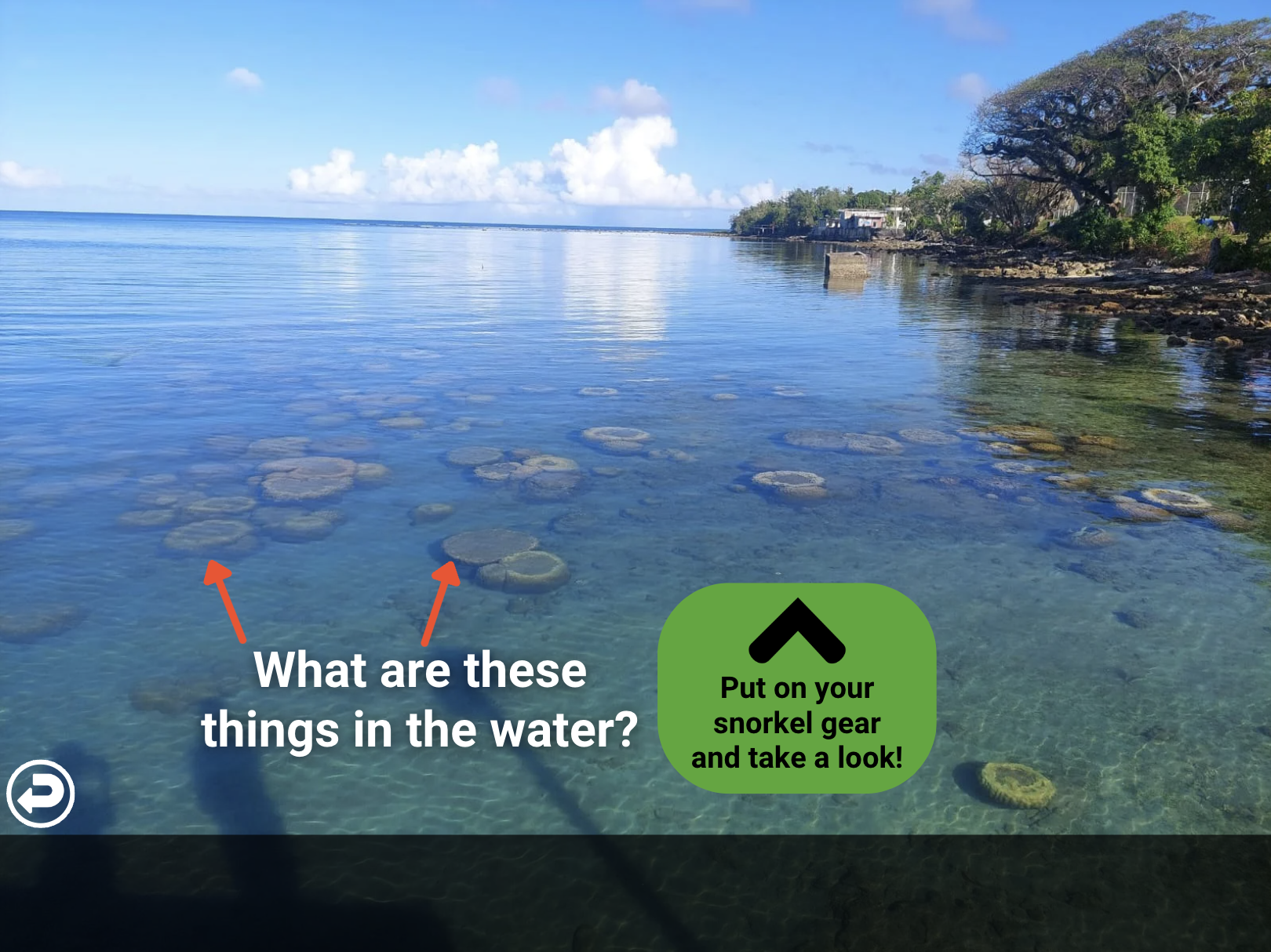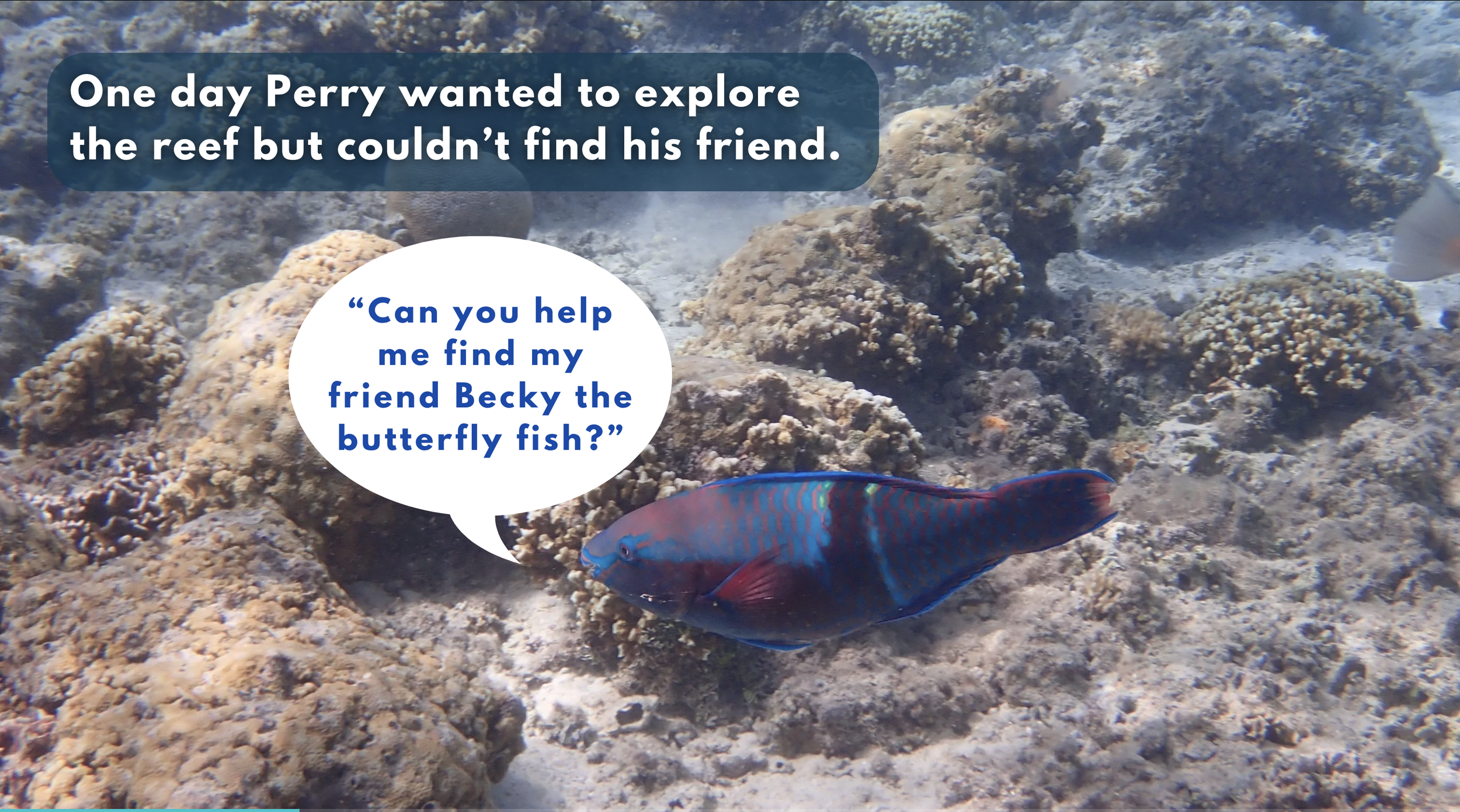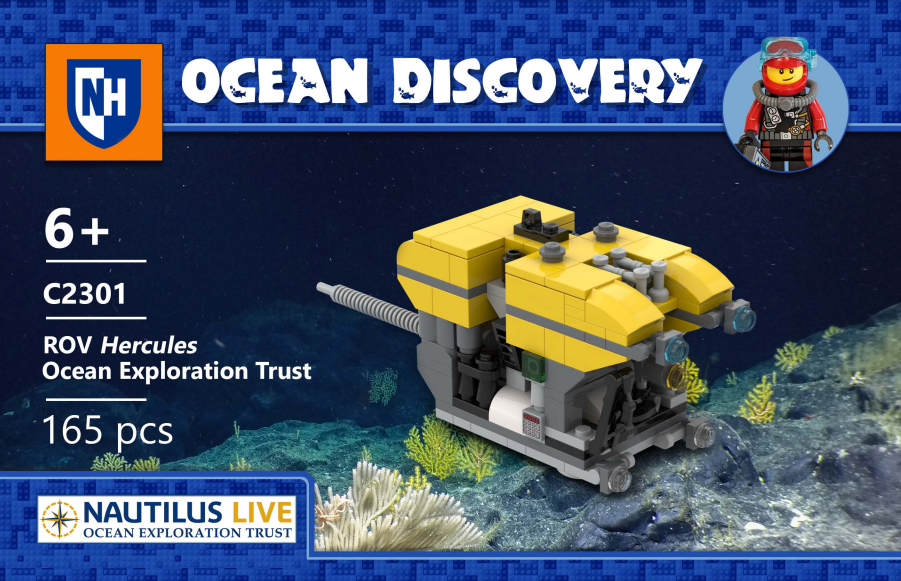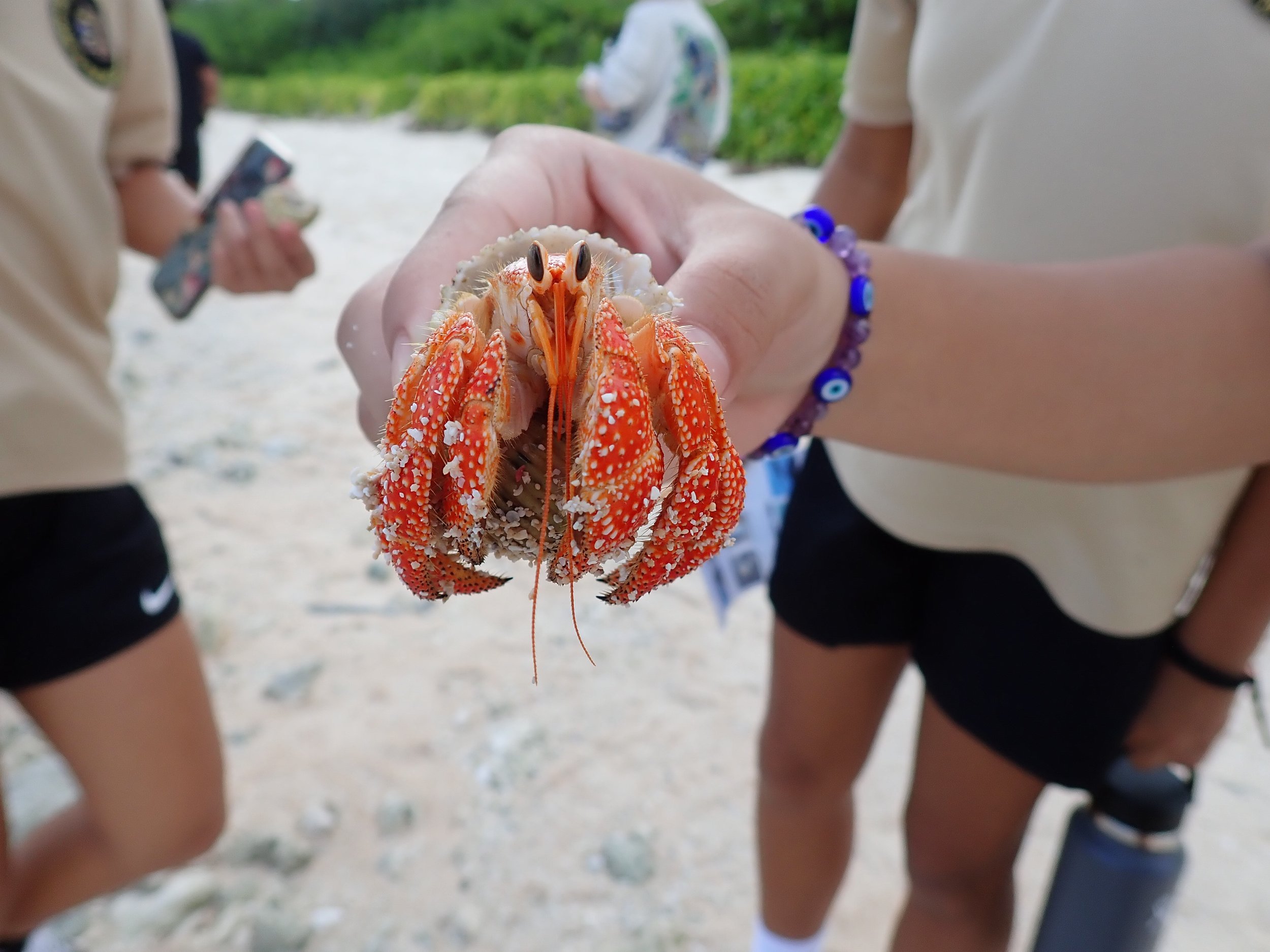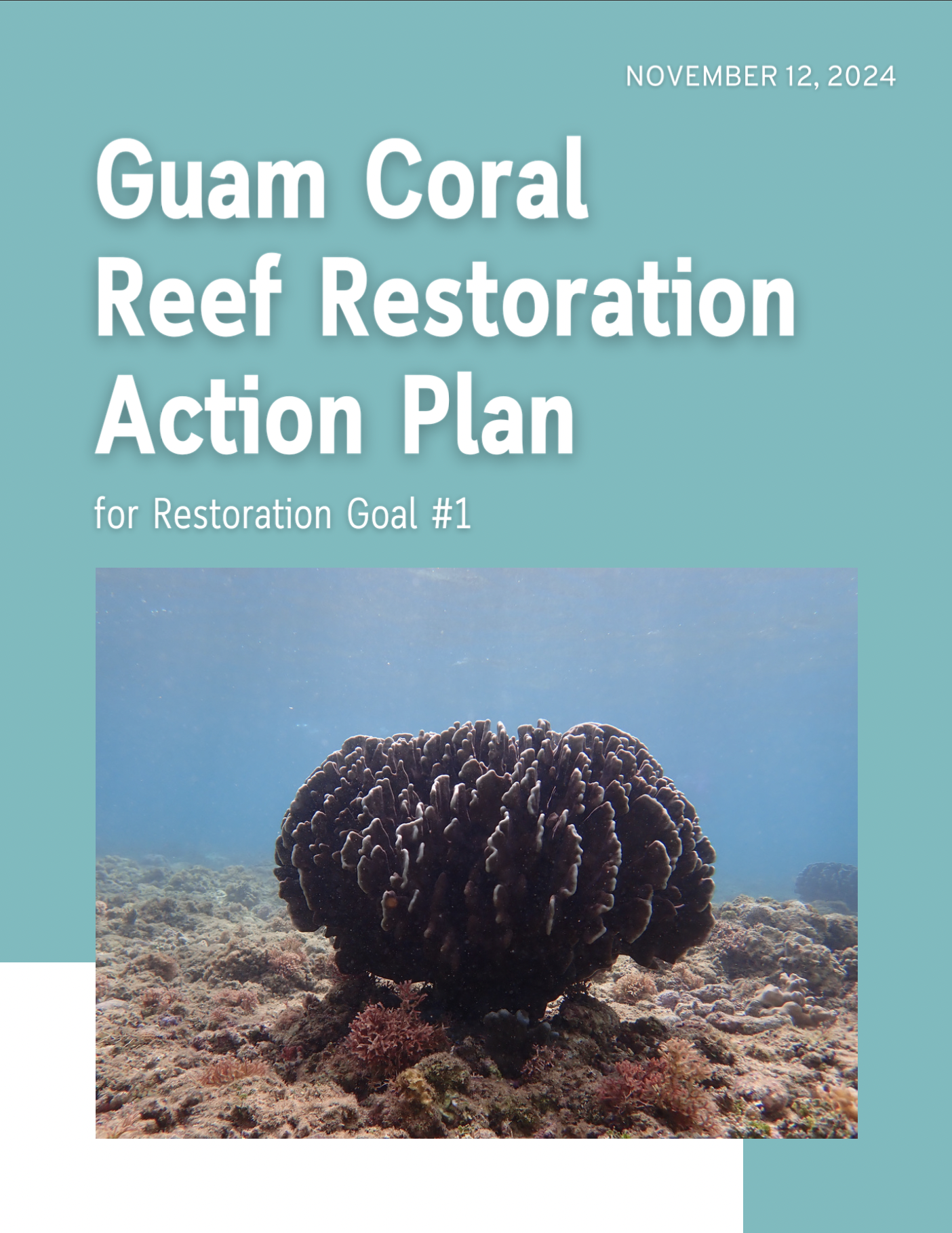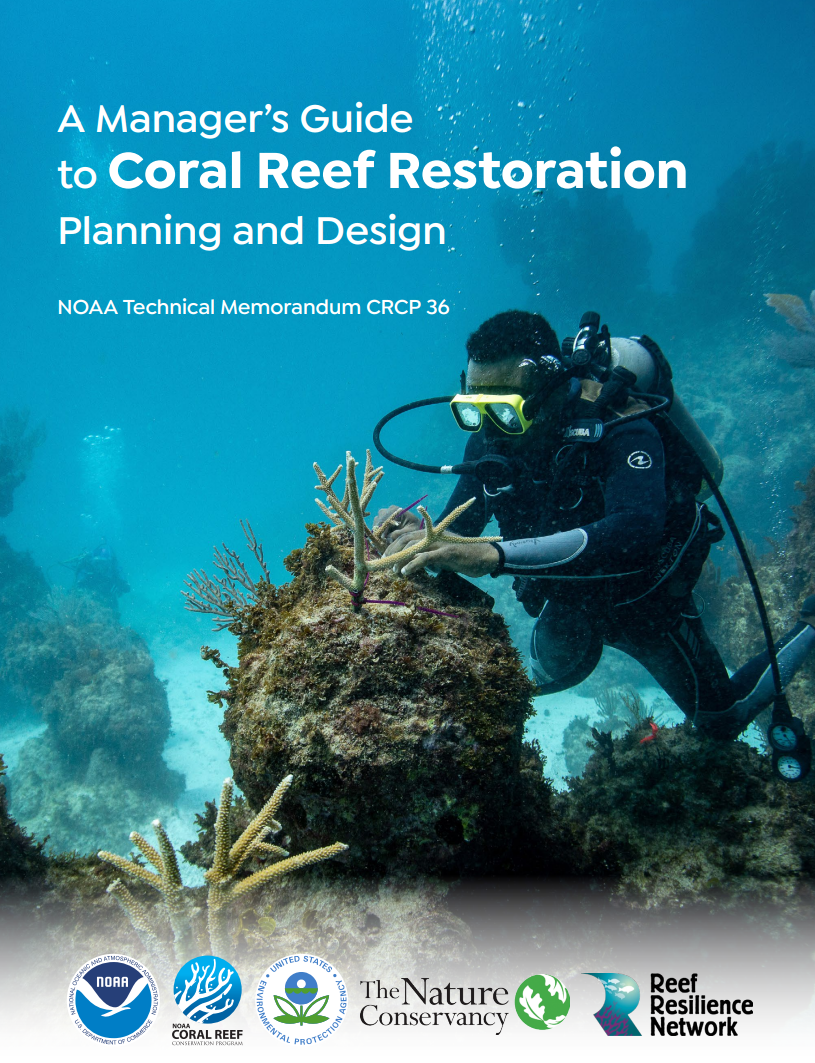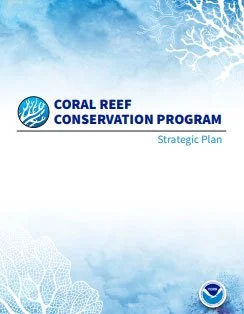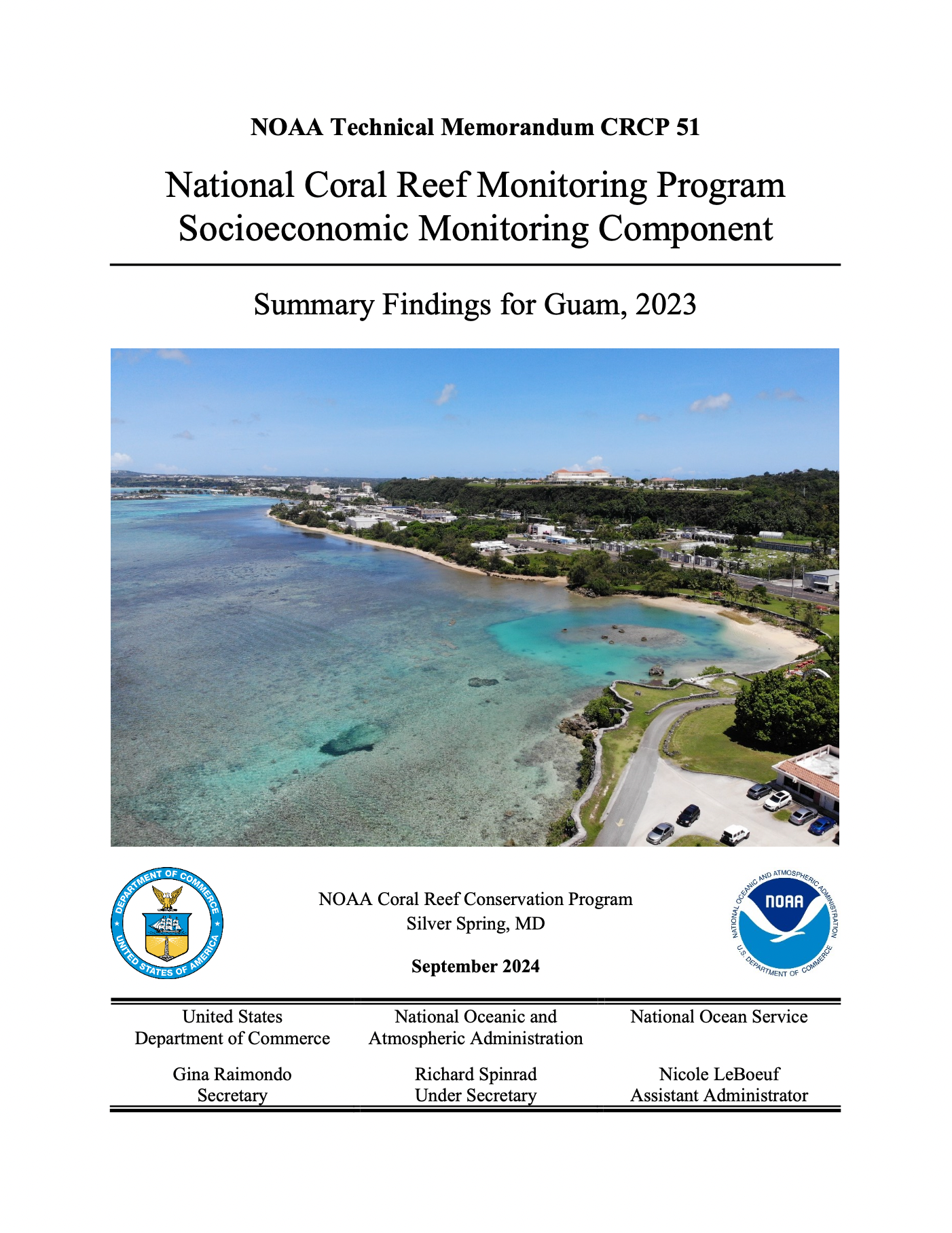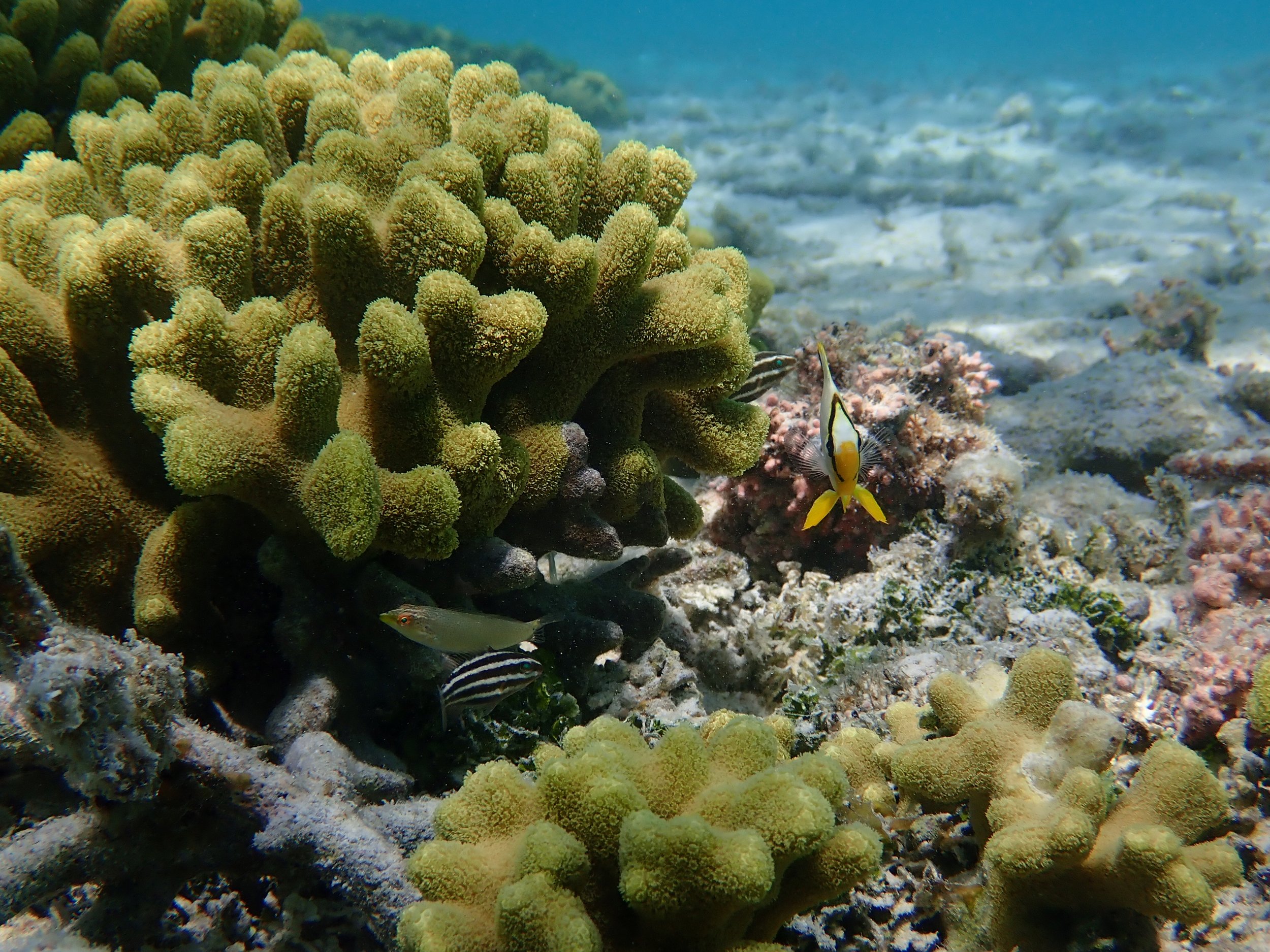
Resources
We strive to be your go-to for learning about anything related to Guam’s coral reefs! Explore resources from us, our partners, and other related organizations.
Let’s find what you’re looking for:
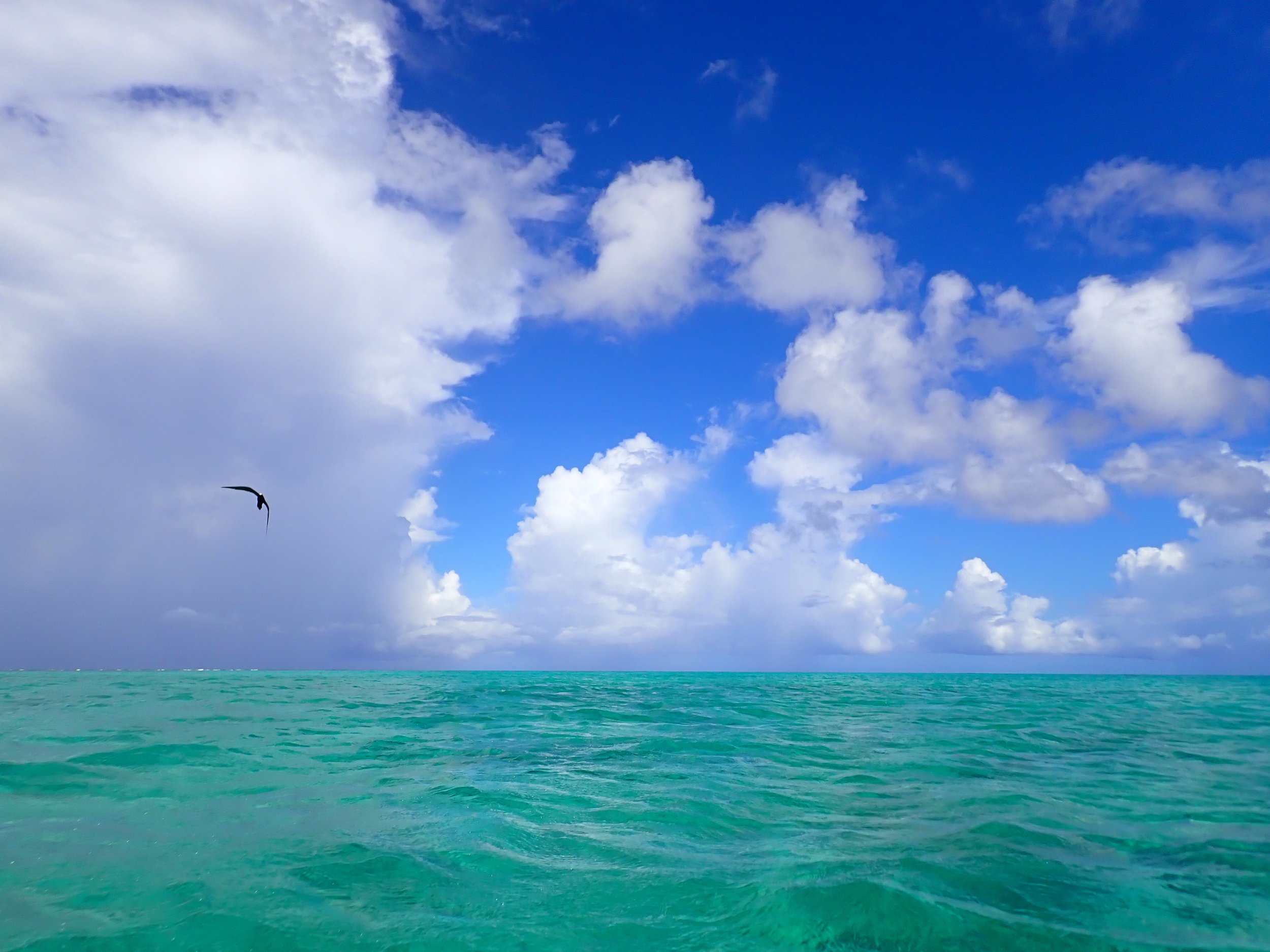
New and Featured Resources
Links to learn more
-
Guam Reef Life - David Burdick
Coral reef fish of Guam - Guampedia
Guam Underwater - iNaturalist
Coral Reef Watch Guam - - NOAA National Environmental Satellite, Data, and Information Service
Guam reef research expedition story map - NOAA Fisheries
Coral features at War in the Pacific National Park - National Parks System
Reefs in the Marianas - Corals of the World
Coral Reefs: Essential Ecosystems on Guam - Guampedia
Restoring Guam’s Coral Reefs - Guampedia
Coral Reefs in Apra Harbor - Guampedia
Staghorn Corals on Guam - Guampedia
National Coral Reef Monitoring Program Data Visualization Tool for Guam and other U.S. Reefs - NOAA
-
Basic information about coral reefs - U.S. Environmental Protection Agency (EPA)
Shallow coral reef habitat info - NOAA Fisheries
Coral reefs and coral info - Smithsonian
Why are corals so colorful? - Woods Hole Oceanographic Institution
Coral restoration resources - Coral Restoration Consortium
Coral bleaching toolkit and guide - Coral Reef Alliance
Coral Reef Ecology Education Portal - Khaled bin Sultan Living Oceans Foundation
Coral Reefs: Introduction to Challenges and Solutions free online course - The University of Queensland via edX
Soft Corals and Sea Fans: a comprehensive guide to the tropical shallow water genera of the central-west Pacific, the Indian Ocean, and the Red Sea - Australian Institute of Marine Science
Coral Reefs
-
Guam’s seagrasses overview - Guampedia
Video: Seagrass nursery in Guam
If you have more questions or would like further information, please contact GCRI Seagrass and Mangrove Conservation Coordinator Cara Lin: cara.lin@doag.guam.gov
-
Seagrass and seagrass meadows overview - Smithsonian
Seagrass vs Seaweed - Florida Fish and Wildlife Conservation Commission
Seagrass Meadows
-
Guam’s mangroves overview - Guampedia
Sasa Bay mangroves historically used for subsistence harvesting - Joni Kerr
Benefits of Guam’s mangroves - Joni Kerr
If you have more questions or would like further information, please contact GCRI Seagrass and Mangrove Conservation Coordinator Cara Lin: cara.lin@doag.guam.gov
-
Mangrove overview - Smithsonian
What’s a mangrove and how does it work? - American Museum of Natural History
Anatomy of a mangrove tree - World Wildlife Fund
The State of the Worlds Mangroves - Global Mangrove Alliance
Map of mangroves of the world - Global Mangrove Watch
An Inside Look at the Beauty and Benefits of Mangroves - UN Ocean Decade
Mangroves
-
Guam’s Marine Preserves guide - Department of Agriculture Division of Aquatic and Wildlife Resources (DAWR)
Guam Administrative Rules and Regulations (fishing regulations in marine preserves) - Guam Courts
Guam Code Annotated (marine preserve rules) - Guam Courts
Tumon Bay Marine Preserve - Secretariat of the Pacific Regional Environment Programme (SPREP)
Sasa Bay Marine Preserve - SPREP
Pati Point Marine Preserve - SPREP
Achang Reef Flat Marine Preserve - SPREP
Piti Bomb Holes Marine Preserve - SPREP
Video: The Guam Guy Podcast: Episode 6 - Marine Preserves of Guam
-
How marine preserves support fisheries in the tropics - World Wildlife Fund
National Marine Protected Areas Center - NOAA/U.S. Department of Commerce/U.S. Department of the Interior
How Marine Protected Areas Help Fisheries and Ocean Ecosystems - Center for American Progress
Marine preserves in the USA - NOAA
North America’s Marine Protected Areas - National Geographic
Why marine preserves are important - National Geographic
Do marine preserves work? - National Geographic
Marine Preserves
-
Guam watersheds - Water and Environmental Research Institute of the Western Pacific (WERI)
Integrating and improving monitoring and reef management in Guam - NOAA
Northern Guam Lens Aquifer - WERI
Forestry and Soil Resources Division Home Page - GovGuam Department of Agriculture
Forestry on Guam - UOG
Guam Forest Action Plan 2020-2030 - GovGuam Department of Agriculture
Help Save Guam’s Reefs local brochure - Guam Department of Agriculture Division of Aquatic and Wildlife Resources
-
Watershed facts - EPA
Watersheds and Drainage Basins - U.S. Geological Survey
Land, Rivers, & Streams
-
Deep Sea Life - Guamreeflife
2016 Deepwater Exploration of the Marianas - NOAA Ocean Exploration
Mariana Trench Marine National Monument - NOAA Fisheries
The Mariana Trench - National Geographic
-
Nautilus Live deep sea exploration livestream - Ocean Exploration Trust
Benthic Deepwater Animal Identification Guide - NOAA Ocean Exploration
Mini-Course: the Deep Sea, Humans, and Management - the Deep-Ocean Stewardship Initiative (DOSI)
Deep-Sea Coral Habitat - NOAA Fisheries
Animals of the Deep - Monterey Bay Aquarium Research Institute (MBARI)
Digging for minerals in the Pacific’s graveyard: The $20 trillion fight over who controls the seabed - Grist
The Deep Sea
-
Various sea (Tasi) topics - Guampedia
Guam ocean overview - NOAA
Marine plastics in Guam - Oceanbites
-
Ocean facts and info - National Geographic
All about the ocean - National Geographic
Ocean Decade - United Nations and UNESCO
Seafood Watch Guides - Monterey Bay Aquarium
10 Ways to Help Our Ocean - NOAA
The Ocean
Infographics & Brochures
Virtual Field Trips
GCRI’s virtual field trips are interactive presentations with clickable elements that lead to photos and videos of local marine life and environments, simulating real-life snorkeling and exploration. These virtual field trips are geared towards students in elementary school and up and promote inquiry-based learning, observation, and curiosity. Virtual field trips can be facilitated without any prior preparation by teachers, librarians, and parents, or can be self-guided for students along with an optional accompanying scavenger hunt guide downloadable from the ‘Extras’ section below.
Virtual field trips are not only meant for kids - they are fun for all ages!
Digital Storybooks
GCRI’s digital storybooks are similar to virtual field trips but are meant for a younger audience (generally 3rd grade and younger). Digital storybooks only require a simple swipe or click to flip to the next page and do not have clickable elements. These storybooks promote place-based education and curiosity in the context of a fun, kid-friendly story! Digital storybooks are meant to be facilitated by parents or teachers and include an attached educator outline guide.
Want to make your own Virtual Field Trip?
Click here to view our complete how-to guide!
Teacher & Student Resources
Students
Click on the picture to see the resource!
Teachers
Guam-STEM Design Challenge QUESTS for Guam Educators!
-
Guam-STEM QUESTs are island-focused design challenges written for the Guam Department of Education (GDOE) by Global GreenSTEM.
K-12 students participate in a QUEST where they use science, technology, engineering, math, and cultural ways (Guam-STEM) to design projects that help solve or explain problems that affect us here on Guam.
Each QUEST is aligned to a specific grade’s Next Generation Science Standards.
-
All kinds! Some STEM QUESTs focus on issues that we are working on here at the Guam Department of Agriculture.
Below you will find links to QUESTS that are directly or somewhat relevant to Guam’s coral reefs.
To see the complete list of QUESTS and short summaries of each, CLICK HERE
GDOE has given permission to share these QUESTS so we can encourage and support more educators who want to teach these island-based learning experiences.
-
Please contact Global GreenSTEM with any questions, ideas, suggestions, or requests for additional information or guidance. They are the developer and professional development provider for the Guam-STEM QUESTs with GDOE.
Laura Arndt - lauraarndt@globalgreenstem.com
Contact GDOE to find out when the next Guam-STEM professional development sessions will be offered.
David Camacho - davccamacho@gdoe.net
Students ask QUESTIONs about an island issue that Guam cares about.
Students UNCOVER & EXPLORE the science/engineering/cultural ways to understand the problem and design a solution.
Students then design and execute a project to help SOLVE the problem and share their project to TEACH others.
Elementary School
Middle School
High School
More Teacher Resources and Opportunities!
-
Coral Outplanting Activity - GCRI
Ocean Learning Hub - Woods Hole Oceanographic Institution
National Marine Sanctuary lesson plans, ideas, resources and games - NOAA
Educational Resources Search - National Geographic
Marine Biology Climate Change in Micronesia Lesson Plan (Grades 11-12) - Pacific Islands Climate Adaptation Science Center (PICASC)
Pacific islands curriculum resources - PICASC
STEAM educational resources - Ocean Exploration Trust
Coral reef lesson plans and educational materials - Reef Relief
Local wildfire prevention curriculum - Guam Department of Agriculture Forestry and Soil Resources Division
Marine ecologist careers lesson plan - STEAM the Streets
Coral Reef Ecology Curriculum - Khaled bin Sultan Living Oceans Foundation
-
Educational Resources from Nautilus Expeditions - the Nautilus Live, Ocean Exploration Trust
2016 Deepwater Exploration of the Marianas Resources for Educators - NOAA Ocean Exploration
Mariana Trench teaching lesson plan - National Geographic
Marianas Trench Marine National Monument: Island Fish Lesson Plan - NOAA
Scavenger Hunt: Navigating Through the Marianas Trench Marine National Monument - NOAA
LEGO model instructions for making deep-sea discovery ROVs - Center for Coastal and Ocean Mapping Joint Hydrographic Center
-
The Nautilus Science Communication Fellowship
This is a paid opportunity for teachers and informal educators to sail on board the Nautilus Research Vessel for 3-5 weeks as part of a deep sea oceanographic expedition.
Applications typically open in the fall and close in early January
Fully-funded opportunity for teachers to spend 1-4 weeks on a NOAA research vessel in over summer break.
Applications are open every year in November
Scuba diving training grants - Women Divers Hall of Fame
This nonprofit offers grants for women (and some men too) to learn how to scuba dive, or further develop their skills in scuba diving.
Applications open each year around August and close around November
-
Ocean Odyssey Grants - NOAA
Funding to implement projects to increase access to STEM education and workforce development opportunities for diverse youth in middle school-college.
Applications are open around August-September each year
Pacific Islands Marine Education and Training Mini Grant Program - NOAA Fisheries
Funds projects that increase the sustainability, communication, education, and training on fishing and marine resource issues and education for marine-related professions in the Pacific Islands region.
2025 Application open now, closes February 28 2025
Planet Stewards Grant - NOAA
Federal funding of up to $5,000 to carry out hands-on stewardship projects with elementary-college age students
Applications due on June 1st 2025
-
Young Changemakers Fellowship - NOAA and the North American Association for Environmental Education (NAAEE)
Paid opportunity for high school students ages 13-18 to be paired with a mentor, go to Washington DC for training, and design and carry out a project to address an ocean or environmental issue.
Applications are open around May-June each year
Ocean Guardian Youth Ambassador - NOAA and the National Marine Sanctuary Foundation
Opportunity for students ages 13-18 to develop an ocean conservation project in your community, connect with other ocean-minded youth, and be mentored by NOAA professionals
Applications are open around December-January each year
Ocean Awareness Art Contest - Bow Seat
Students ages 11-18 are invited to submit art, writing, performance, film, or multimedia on the theme of “connections to nature” and may win up to $1,000.
Contest open now, closing June 9th 2025
Future Blue Youth Council - Bow Seat
Paid opportuntiy for students ages 16-21 to earn up to $1,200 serving a 1 year term assisting with Bow Seat’s programs, collaborating with other youth on environmental projects, and receiving mentorship from Bow Seat staff.
Applications are open September 30th-November 8th each year
True Blue Fellowship - Bow Seat
Youth ages 13-24 including classes, groups, and clubs, can apply for up to $2,500 for a project they hope to lead that address ocean, waterways, and/or climate change issues in their local communities.
Applications close around September 1st each year
Heirs to Our Ocean Youth Councils, Fellowships, and Summits
Various opportunities for ocean-minded youth ages 16-21 to particiapte in opportunities throughout the year
World Oceans Day Youth Advisory Council
Open to students ages 16-23
The Nature Conservancy and National Geographic Externships
Opportunity for youth ages 18-25 to learn about introductory conservation approaches and explore a career in conservation.
Opportunities on various topics open throughout the year.
Marine Debris Contest - NOAA
Art contest for students K-8 students to submit artwork that raises awareness about marine debris.
Contest open around October-December each year
Guam Governors Summer Youth Employment Program
A 6-week paid internship program for local youth ages 15-17 to gain experience working for a GovGuam agency, including working with GCRI at the Department of Agriculture.
Applications are open around May 13-17th each year
-
Agriculture: severe bleaching threatening Guam's reefs for the first time in 7 years - Pacific Daily News
Coral reef crisis predicted for Guam for the first time since seven years - KUAM News
NOAA: Severe reef bleaching threat for 1st time in 7 years - Guam Daily Post
Assessing the Impact of Tourism on Guam's Coral Reef Ecosystem - Travel and Tour World
Guam receives $841,357 in federal awards to protect marine, environmental resources - Pacific Daily News
Federal awards received, aimed at protecting marine resources- Guam Daily Post
Nearly $500k in federal awards to protect Guam’s marine and environmental resources - KUAM News
Guam secures grant for coral reef protection - Pacific Island Times
$2M grant to boost coral reef restoration - the Guam Daily Post
Guam Agriculture gets nearly $2M grant to help restore coral reefs - Pacific Daily News
New sign at Gun Beach shares water safety measures, fishing rules - Pacific Daily News
Bureau of Statistics and Plans unveils coastal sign at the Malesso’ Pier - Pacific Daily News
Bureau of Statistics and Plans unveils final coastal sign at Matå’pang Beach Park - Pacific Daily News
-
Survey netting data on coral conservation - the Guam Daily Post
Using the Land Cover Atlas to Protect Watershed Health from Overdevelopment - NOAA
Parrotfish population declining 30% according to UOG - Pacific News Center
Clam farms intended for Inalahan and Malesso' - the Guam Daily Post
BSP needs people to help with firebreaks - the Guam Daily Post
Typhoon Mawar batters Guam; PI-CASC Guam lead conducts aerial damage assessment - PI-CASC
US Pacific Islands to receive $2M in coral restoration grants - Marianas Variety
PI-CASC fellow Farron Taijeron to conduct trainings on coral-killing starfish in Tonga - PI-CASC
Q&A sessions available with Guam resident for deep sea exploration - Pacific Daily News
Resolution seeks to designate reefs as essential infrastructure - the Guam Daily Post
New coastal sign completed at Talo'fo'fo Bay - Pacific Daily News
-
Coral reef first aid - Guam Daily Post
Our View: We all must do more to stop erosion that endangers coral reefs - Pacific Daily News
First-ever 3D maps of Guam's reefs produced through UOG partnership - Guam Daily Post
Is Artificial Insemination the Future for Coral Reefs? - Pacific Daily News
UOG Marine Lab is on a mission to restore Guam's coral reefs - Pacific Daily News
From Ridge to Reef: Protecting Guam's Marine Life Through Student Efforts - NOAA
A discussion on Guam's mass coral mortality - Pacific Daily News
Seafloor Mapping and Coral Reef Assessments Complete in the Mariana Archipelago - NOAA
A Look at the Vast Waters and Rich Diversity of Marine Life in the U.S. Pacific Islands - NOAA
How NOAA Preserves the Habitat of Seafood in the Pacific Islands - NOAA
In the News
Management Plans & Reports
Scientific Papers
-
-
Assessing the quantity and quality of marine protected areas in the Mariana Islands
Nutrient thresholds to protect water quality, coral reefs, and nearshore fisheries
Decadal changes in parrotfsh assemblages around reefs of Guam, Micronesia
Effects of elevated temperature on reproduction and larval settlement in Leptastrea purpurea
Community assessment of crustose calcifying red algae as coral recruitment substrates
Small tropical islands as hotspots of crustose calcifying red algal diversity and endemism
-
-
Successive bleaching events cause mass coral mortality in Guam, Micronesia
Decade of change in Enhalus acoroides seagrass meadows in Guam, Mariana Islands
Seagrass ecosystems reduce exposure to bacterial pathogens of humans, fishes, and invertebrates
Commercial coral-reef fisheries across Micronesia: A need for improving management
Empirical relationships among resilience indicators on Micronesian reefs
Life histories predict vulnerability to overexploitation in parrotfishes
Status of Coral Reef Resources in Micronesia and American Samoa: 2008
The latest publications from the University of Guam Marine Lab:
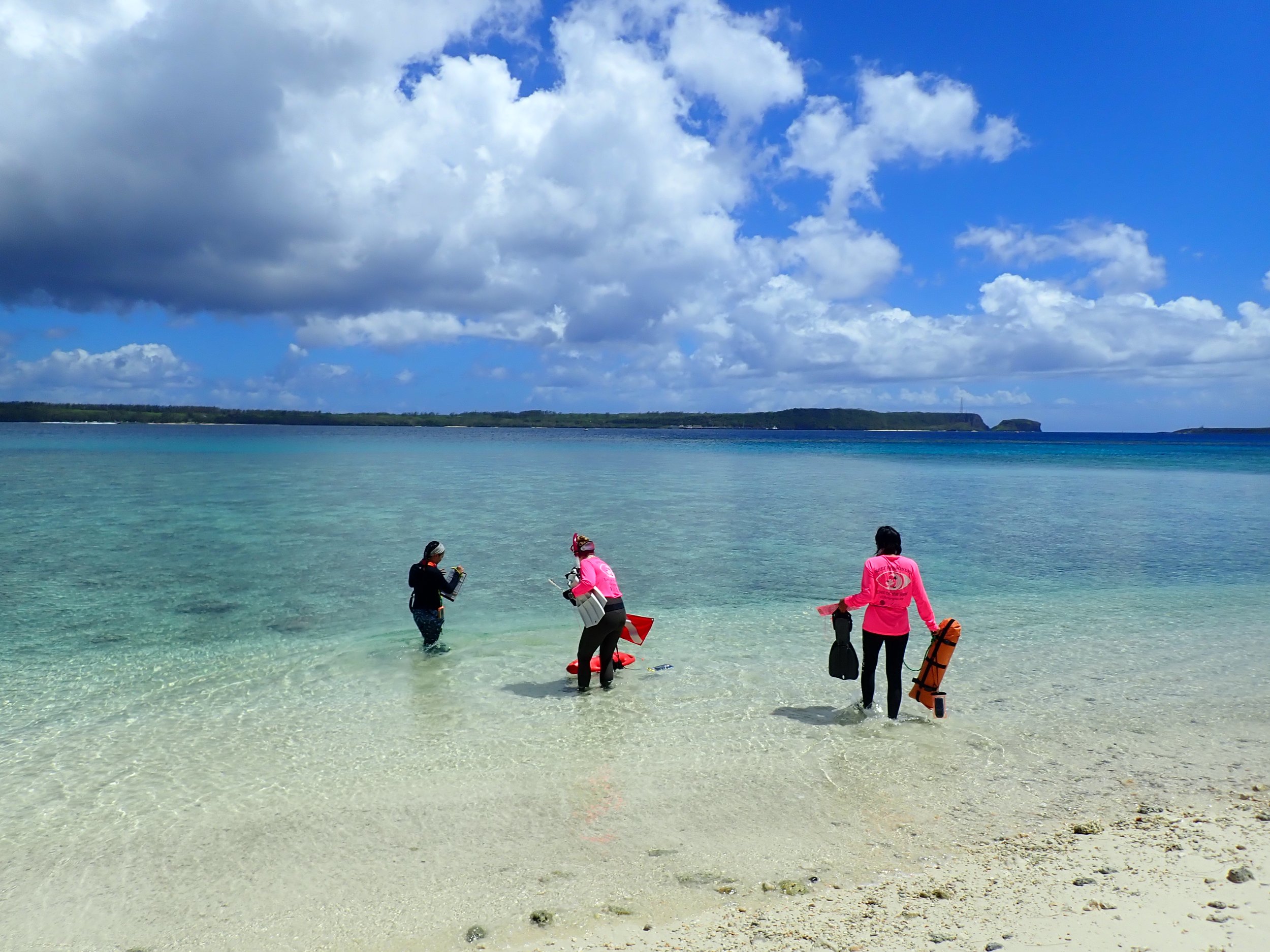
Considering a career in the marine sciences?
Sources Cited
Bijma J, H-O Portner, C Yesson, and AD Rogers. 2013. Climate change and the oceans – What does the future hold? Marine Pollution Bulletin 74:495-505
Burdick D. 2016. The status of Guam’s shallow coral reefs. Presented at the 36th US Coral Reef Task Force meeting, 23 September 2016. Hagatna, Guam
Burdick, D., Brown, V., Asher, J., Gawel, M., Goldman, L., Hall, A., ... & Zgliczynski, B. (2008). The state of coral reef ecosystems of Guam. The state of coral reef ecosystems of the United States and Pacific freely associated states, 465-509.
Burdick, D., Raymundo, L., Drake, D., & Hershberger, A. (2023). A decade of change on Guam’s coral reefs. In Guam Coral Reef Initiative Resources. University of Guam Marine Laboratory.
Colgan M. 1987. Coral reef recovery on Guam (Micronesia) after catastrophic predation by Acanthaster planci. Ecology 68(6):1592-1605
Cheney DP. 1974. Spawning and aggregation of Acanthaster planci in Micronesia. Proceedings of the Second International Coral Reef Symposium 1: 591-594
Digital Atlas of Northern Guam | WERI | IREI. (n.d.). Digital Atlas of Northern Guam | WERI | IREI. Retrieved May 12, 2023, from https://north.hydroguam.net/background-NGLA.php
Digital Atlas of Southern Guam | WERI | IREI. (n.d.). Digital Atlas of Southern Guam | WERI | IREI. Retrieved May 12, 2023, from https://south.hydroguam.net/geographic-overview.php
Dixon I. 1996. Renewed crown-of-thorns threat. Marine Pollution Bulletin 32(3): 252
Grecni, Z., W. Miles, R. King, A. Frazier, and V. Keener, 2020: Climate Change in Guam: Indicators and Considerations for Key Sectors. Report for the Pacific Islands Regional Climate Assessment. Honolulu, HI: East-West Center, https:// www.eastwestcenter.org/PIRCA-Guam.
Hoot WC, A Sturm, A Loerzel, D Burdick, L Raymundo. 2017. Coral damage and disease along human use gradients in Tumon Bay, Guam. Presented at the 8th Island Sustainability Conference, 19 April 2017. Center for Island Sustainability. Tumon, Guam.
Hoot. (2017, December). Guam Crown-of-Thorns Outbreak Response Plan. In https://bsp.guam.gov/wp-bsp-content/uploads/2018/01/Guam-COTS-Outbreak-Response-Plan.pdf. Guam Bureau of Statistics and Plans.
Houk P, J Cuetos-Bueno, B Tibbatts, and J Gutierrez. 2018. Variable density dependence and the restructuring of coral-reef fisheries across 25 years of exploitation. Nature Scientific Reports 8:5725.
How are Coral Reef Fish Doing in Guam? (2019, June 25). NOAA. https://www.fisheries.noaa.gov/feature-story/how-are-coral-reef-fish-doing-guam
Krishnamurthy, P., JYOTHI‐PRAKASH, P. A., Qin, L. I. N., He, J. I. E., Lin, Q., LOH, C. S., & Kumar, P. P. (2014). Role of root hydrophobic barriers in salt exclusion of a mangrove plant A vicennia officinalis. Plant, Cell & Environment, 37(7), 1656-1671.
LaRoche, C. K., Goldstein, B. R., Cybulski, J. D., Raymundo, L. J., Aoki, L. R., & Kim, K. (2018). Decade of change in Enhalus acoroides seagrass meadows in Guam, Mariana Islands. Marine and Freshwater Research, 70(2), 246-254.
Leal, Maricé and Spalding, Mark D (editors), 2022 The State of the World’s Mangroves 2022. Global Mangrove Alliance.
MacNeil, M. A., Graham, N. A., Cinner, J. E., Wilson, S. K., Williams, I. D., Maina, J., ... & McClanahan, T. R. (2015). Recovery potential of the world's coral reef fishes. Nature, 520(7547), 341-344.
NOAA. (2023, January 20). Where are marine protected areas located? National Ocean Service. Retrieved May 11, 2023, from https://oceanservice.noaa.gov/facts/mpaloc.html
NOAA National Centers for Coastal Ocean Science (2018). National Coral Reef Monitoring Program: Socioeconomic surveys of human use, knowledge, attitudes, and perceptions in Guam. NOAA National Centers for Environmental Information. Dataset. 09.12.2018
Over 216K recorded in visitor arrivals for FY2022 - Guam Visitors Bureau | GVB. (2022, October 13). Guam Visitors Bureau. Retrieved May 8, 2023, from https://www.guamvisitorsbureau.com/over-216k-recorded-visitor-arrivals-fy2022
Porter, V., Leberer, T., Gawel, M., Gutierrez, J., Burdick, D., Torres, V., & Lujan, E. (2005). Status of the coral reef ecosystems of Guam. University of Guam Marine Laboratory Technical Report, 113.
QMark Research. 2016a. Guam Visitors Bureau: Japan visitor tracker exit profile, FY2016 data aggregation. Prepared for the Guam Visitors Bureau. 106 pp Guam Coral Reef Resilience Strategy 48 June 2019
QMark Research. 2016b. Guam Visitors Bureau: Korean visitor tracker exit profile, FY2016 data aggregation. Prepared for the Guam Visitors Bureau. 104 pp
Raymundo LJ. 2016. Bleaching on Guam: Recent events and their impacts. Presentation at the Guam Coastal Climate Change Resilience Workshop, Climate change and coastal ecosystems in Guam: Management, sustainability forecasts, and community engagement. Tumon, Guam. 3 March 2016
Raymundo, L. J., Burdick, D., Hoot, W. C., Miller, R. M., Brown, V., Reynolds, T., ... & Williams, A. (2019). Successive bleaching events cause mass coral mortality in Guam, Micronesia. Coral Reefs, 38, 677-700.
Raymundo, L. J., Licuanan, W.Y., & Kerr, A. M. (2018). Adding insult to injury: Ship groundings are associated with coral disease in a pristine reef. PLoS One, 13(9), e0202939.
Shallow Coral Reef Habitat. (2022, February 4). NOAA. https://www.fisheries.noaa.gov/national/habitat-conservation/shallow-coral-reef-habitat
United States. National Ocean Service (2018). Coral reef condition: A status report for Guam.
Waddell, J. E. (2005). The state of coral reef ecosystems of the United States and Pacific Freely Associated States: 2005.
Williams I, J Zamzow, K Lino, M Ferguson, and E Donham. 2012. Status of coral reef fish assemblages and benthic condition around Guam: A report based on the underwater visual surveys in Guam and the Mariana Archipelago, April-June 2011. NOAA Technical Memorandum NMFS-PIFSC-33. Pacific Islands Fisheries Science Center, National Marine Fisheries Service, NOAA. 22 pp + Appendices
